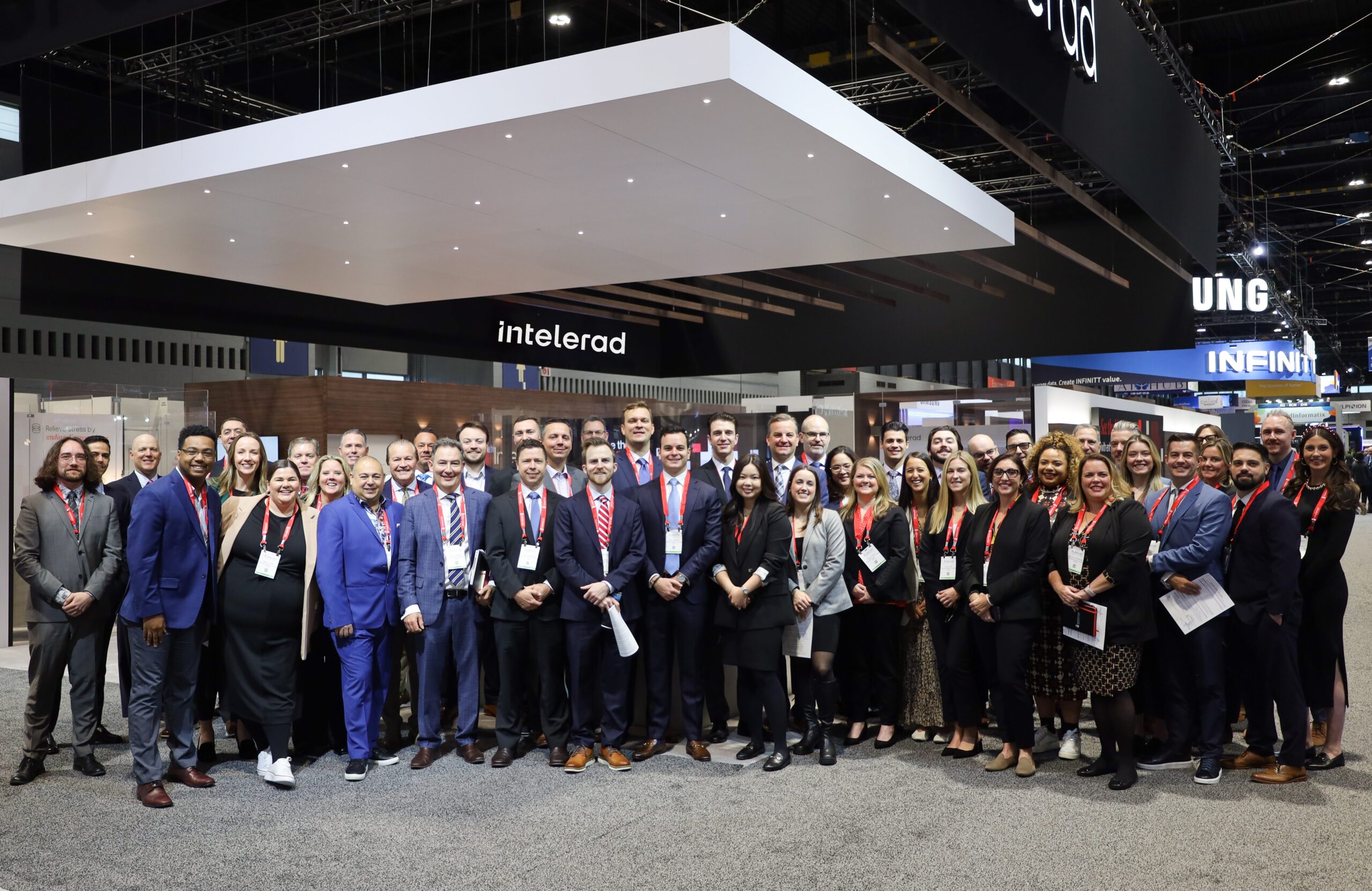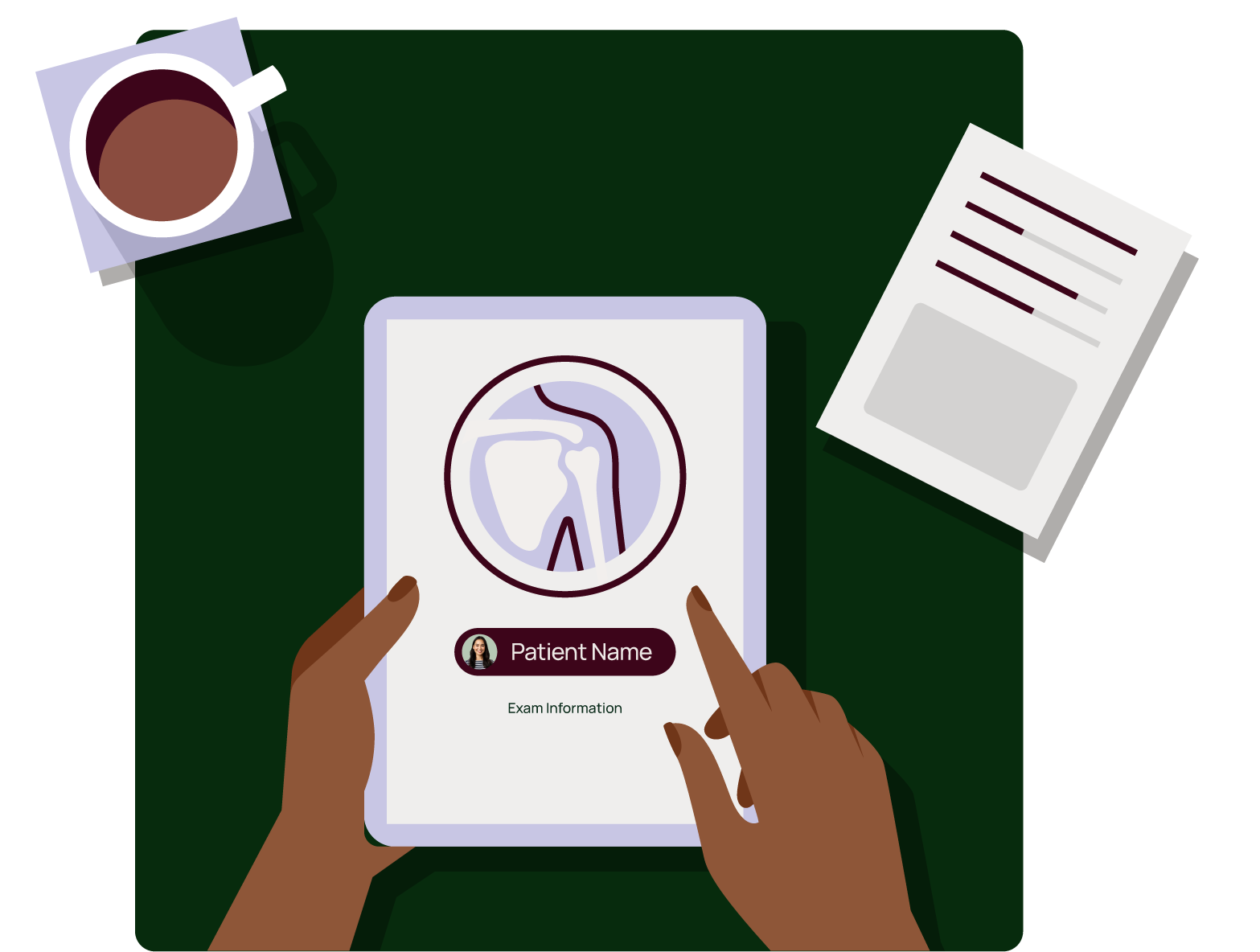Not long ago, mammography looked very different. In the 1970s and 1980s, breast cancer was often only detected after it had advanced, when tumors were large, and treatment options were limited. The technology at the time was not capable of revealing the earliest signs, and for many patients, that meant a late diagnosis and a difficult fight ahead.
Over time, mammography has shifted its focus to early detection. Current technology is allowing radiologists to detect cancers smaller than a fingertip, years before they would have become symptomatic. This has shifted the emotions surrounding screening, taking it from something scary to something more empowering: a chance to act earlier.
Intelerad spoke with Dr. Chirag Parghi, a radiologist, about his experience with InteleScreen. Reflecting on how mammography has evolved, he explained, “Knowledge is the elixir for fear.” Now, not getting your mammogram is the scary thing.” With new tools and new approaches, breast imaging has shifted from being a source of uncertainty to becoming an opportunity for early, life-saving detection.
Subtle Patterns Indicative of Breast Cancer
Contrary to what we believed just a few years ago, breast cancer doesn’t always announce itself with a lump you can feel. Many early cancers can manifest through nearly imperceptible changes in tissue architecture, which Dr. Parghi refers to as “wrinkles.” These changes might show up as minor distortions, delicate skin tethering, or faint alterations in the pattern of surrounding tissue. Over time, those wrinkles can become a clue to disease earlier than masses or calcifications.
Architectural distortions are one of the trickiest findings to detect on mammography. Since there is no discrete mass or clear boundary, distortion is easily overlooked or misinterpreted. This type of distortion accounts for a high number of interval cancers (those found between regular screenings) because their visual cues are so faint.
This is where InteleScreen adds significant value. Beyond recognizing subtle architectural patterns, its diagnostic AI can flag changes across sequential scans, drawing attention to areas that may have shifted over time. Even the smallest variation in tissue structure can be an early indicator of malignancy. By highlighting both what looks unusual in the current image and what has changed compared to prior exams, InteleScreen helps radiologists detect cancers at their earliest stages, when treatment is most effective.
InteleScreen’s AI Pattern Recognition
Dr. Parghi notes that without the aid of AI, 95–100% of these wrinkle-like cases would likely go undetected.
Radiologists must rely on experience, focus, and now, AI-assisted insights to recognize that something in the breast tissue doesn’t look quite right. These tools are beginning to show real promise by highlighting areas of concern that might otherwise get overlooked.
In practice, diagnostic AI in InteleScreen has completely changed how Dr. Parghi’s team analyzes imaging studies. Now, his radiologists begin by considering the AI score. This score serves as a cue to dig deeper, not replacing the radiologist’s judgement, but drawing attention to something that should be examined more closely.
By pairing human expertise with algorithmic pattern recognition and change tracking, the team has been able to evolve its approach to breast imaging, catching cases earlier and with greater confidence.
Future Outlook: The Predictive Value of Tissue Texture
Researchers are now exploring breast texture patterns as biomarkers, moving beyond density alone as a measure of risk. While breast density has long been recognized as a factor that can obscure tumors and complicate interpretation, newer studies suggest that subtle variations in texture, such as the granularity, uniformity, or clustering of tissue, may carry predictive value on their own.
A recent Radiology study presented at RSNA found that mammograms could be grouped into six unique texture-based phenotypes, each carrying a different level of cancer risk. These associations held even after accounting for breast density, suggesting that tissue texture provides an independent layer of information about a woman’s underlying risk.
These textural “fingerprints” can hint at underlying biological processes and may signal elevated cancer risk even in patients with otherwise normal-looking mammograms. Advances in digital imaging and AI are accelerating this field, allowing computers to quantify these patterns that are ordinarily invisible to the human eye.
As this capability matures, the next step in pattern detection will be to move beyond density and age alone toward screening strategies informed by the unique tissue architecture of each breast.
Reframing AI for Better Patient Outcomes
AI can feel like an existential threat to clinicians, a technology poised to replace rather than support, but Dr. Parghi sees it differently. He acknowledges that the discomfort is real but argues that focusing on professional relevance misses the bigger point: saving lives.
In his view, AI is neither good nor bad on its own; its value comes from how it’s used. By treating it as an adjunct, radiologists can “learn to dance with the algorithm,” gaining new insights into their own decision-making process. Instead of undermining expertise, AI enhances it by sparking curiosity: What does the algorithm see that I don’t? How can I interpret this image differently?
For Dr. Parghi, the challenge is not whether AI will upend the profession, but whether radiologists will embrace its potential. “Technology is agnostic to your relevancy,” he explains. The focus should not be on defending territory, but on catching cancers earlier. If AI can find even one more breast cancer case, he believes, then it’s worth it.
InteleScreen was built with that philosophy in mind: to strengthen the radiologist’s eye, not replace it. By helping uncover what might otherwise remain hidden, it turns uncertainty into opportunity, giving patients the best chance at an early, treatable diagnosis.





